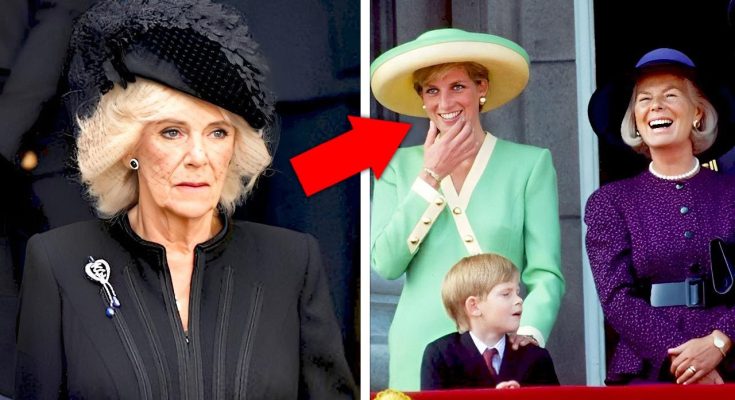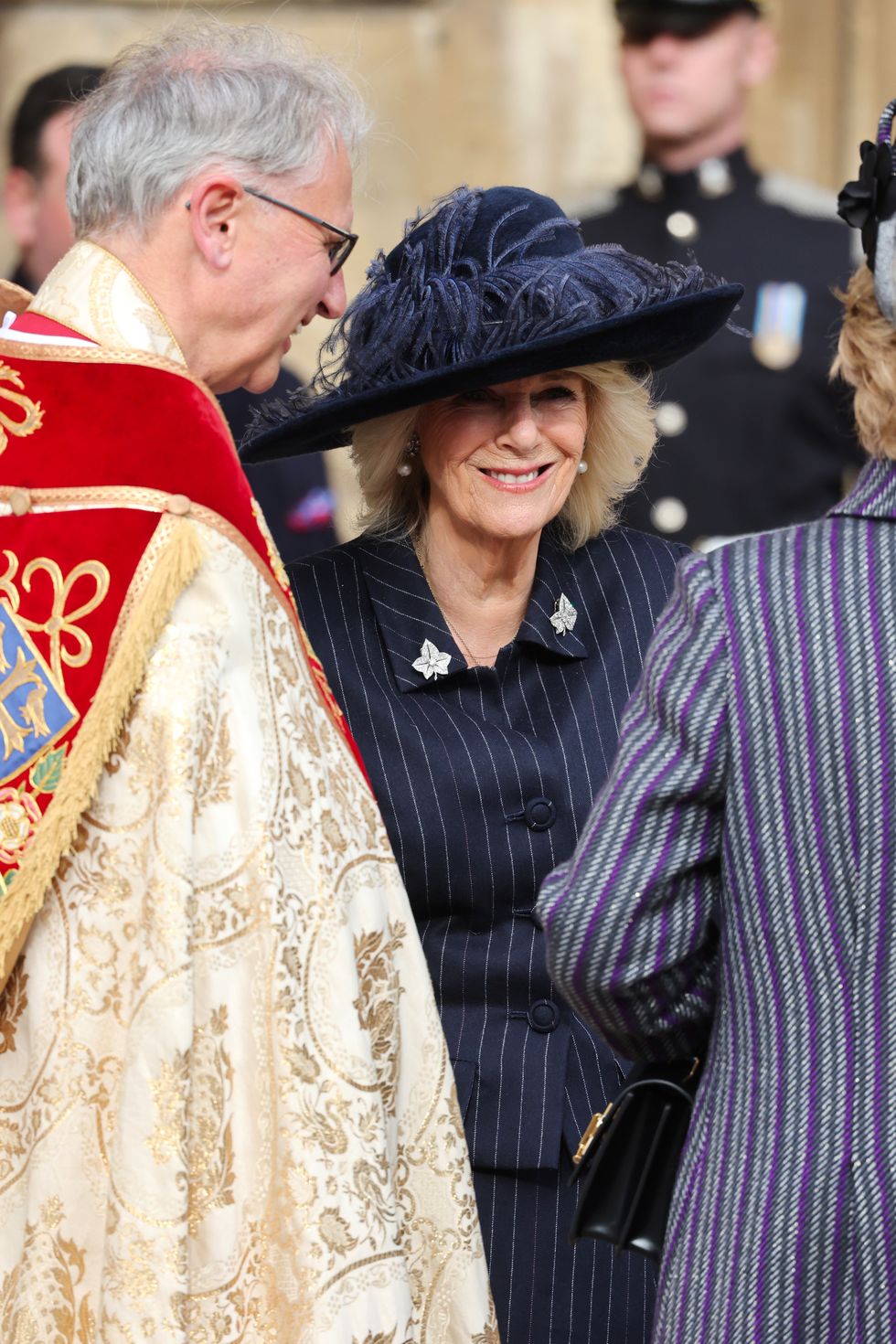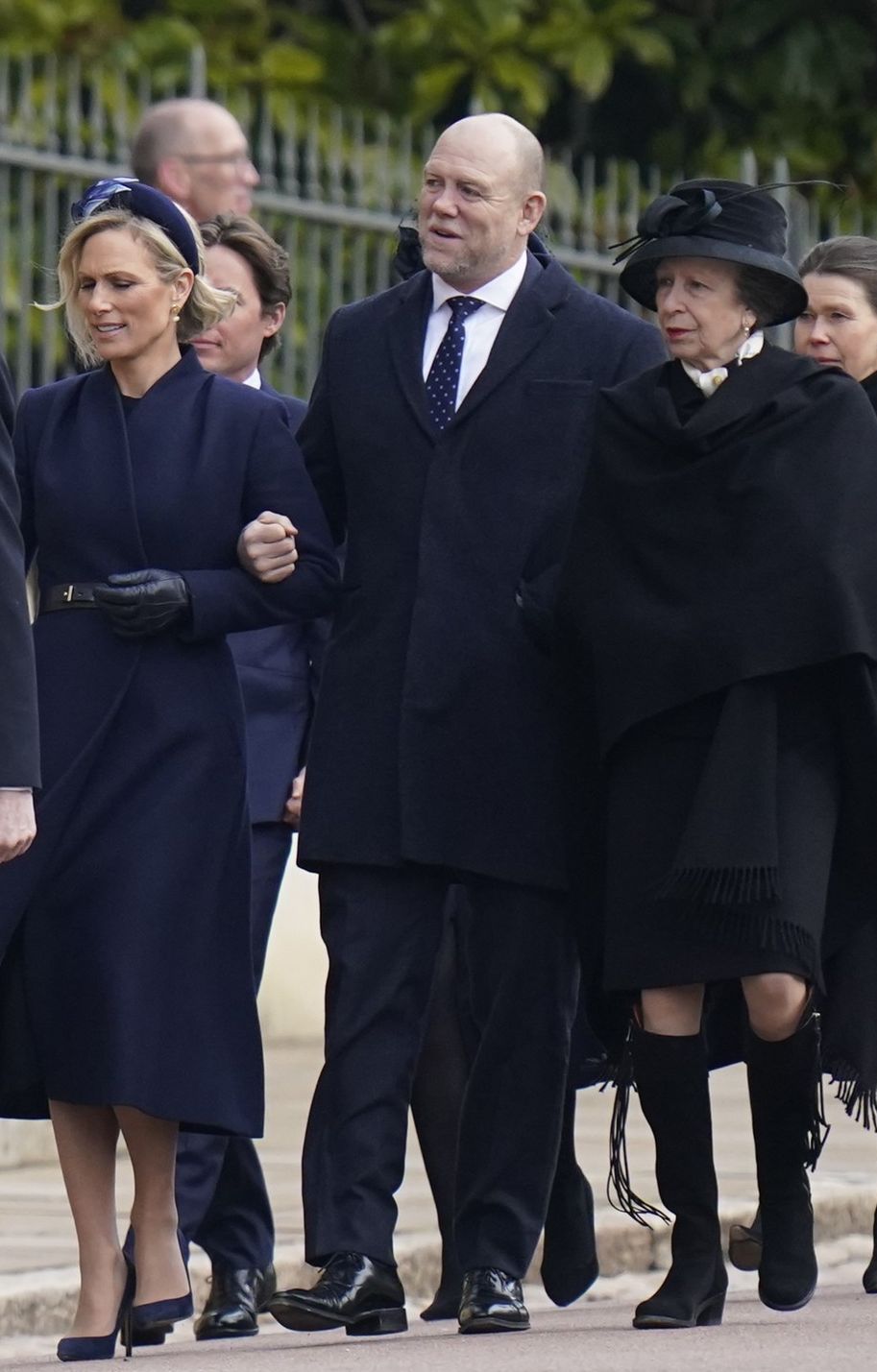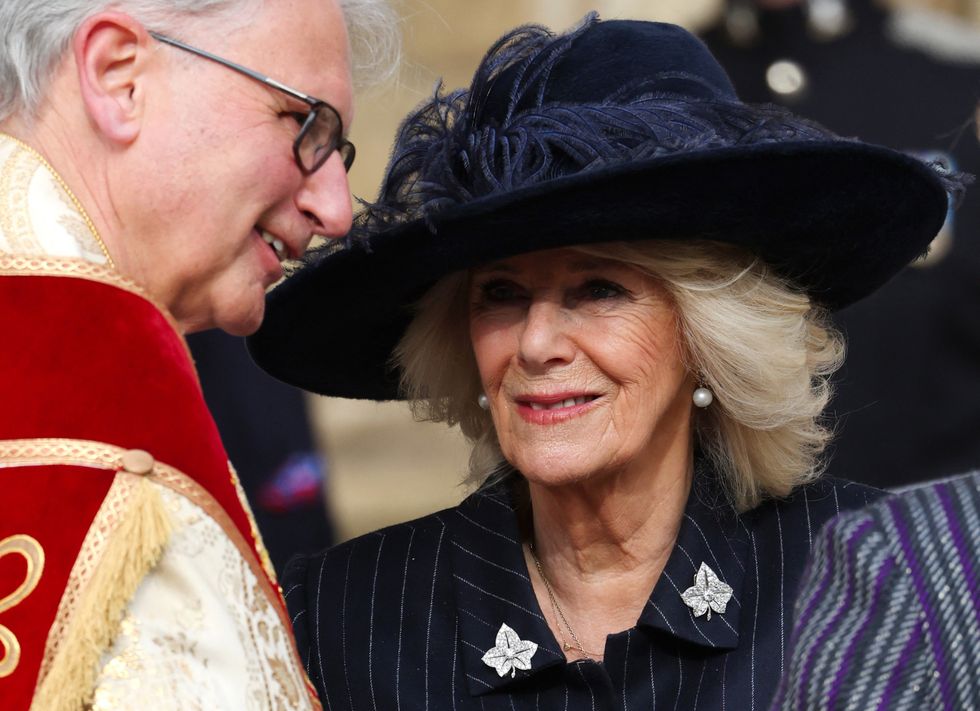When the British royal family gathered at Westminster Cathedral for the solemn funeral of the Duchess of Kent, all eyes expected to see the Queen Consort, Camilla, by the King’s side. Instead, her seat remained conspicuously empty.
The official explanation was swift and clear. Buckingham Palace released a statement attributing her absence to acute sinusitis, an illness painful and debilitating but not life-threatening. “With great regret, Her Majesty the Queen has withdrawn from attendance,” the message read. It was sympathetic yet firm, leaving little space for misunderstanding.
And yet, questions persisted. Was this truly just illness? Or did history itself keep her away?
A Funeral Without a Queen
The Duchess of Kent, cousin to Queen Elizabeth II and wife of the Duke of Kent, was no ordinary royal. Though she lived largely outside the spotlight in her later years, her dignity and loyalty marked her as a respected figure. Her funeral was not just a farewell, but a moment of unity for the royal family.
That unity appeared fractured when Queen Camilla’s absence was noted. For a royal consort who has spent decades fighting for legitimacy in the public eye, missing such a high-profile event struck many as unusual — even suspicious.
Timing and Speculation
The palace emphasized that Camilla hoped to recover in time for the state banquet honoring Donald and Melania Trump just days later. But the coincidence of her illness — so near to one of the year’s most politically sensitive engagements — fueled speculation.
Critics whispered: Could Camilla be signaling reluctance to appear with Trump? Was her illness a shield for politics? Or perhaps, as others suggested, the funeral setting carried ghosts far heavier than any sinus infection.
Catherine, Diana, and a Silent Rivalry
To understand the unease, one must look back. The Duchess of Kent, Catherine, was more than just a royal cousin. She was a quiet confidante to Diana, Princess of Wales. In the rigid halls of the monarchy, where vulnerability was rarely welcomed, Catherine offered Diana what she most needed — compassion.
They were often seen slipping away into private corners, walking gardens, or simply talking in hushed tones. Catherine became the anchor Diana leaned on during her most fragile years, a shield from the coldness of palace life.
It was Catherine who listened as Diana poured out her heartbreak over Charles’s deepening relationship with Camilla Parker Bowles. To Diana, Camilla was not just a rival, but the shadow that haunted her marriage. Catherine never judged. She simply remained present, loyal, and kind.
At formal events, Diana’s body language told the story: leaning subtly toward Catherine, drawing quiet strength from her presence. Their friendship was survival disguised as sisterhood.
Shadows of the Past
That is why Camilla’s absence from Catherine’s funeral stirred such unease. To many, it symbolized more than illness. It symbolized history.
Even in death, the two women stood apart. Catherine, the loyal friend who had offered Diana refuge. Camilla, the rival whose presence once deepened Diana’s pain. For Camilla to step into that cathedral would have meant facing not only the Duke of Kent’s grief, but the lingering gaze of a nation that still remembers Diana’s tears.
Was her absence protection from whispers? Avoidance of silent judgment? Or simply a convenient shield offered by genuine illness? The answer may never be known.
The Unfinished Story of Acceptance
For years after Diana’s death, Camilla’s journey into public acceptance has been slow, fragile, and incomplete. What was once scandal became tolerance, then cautious approval, and eventually her coronation as queen. But beneath it all, Diana’s memory has never faded.
Every time Camilla steps into the spotlight, Diana’s shadow rises too. At this funeral, that shadow was stronger than ever. Catherine’s loyalty to Diana was remembered by many, and Camilla’s absence only reinforced the sense of division.
Illness or Symbol?
The palace insisted on sinusitis. Friends of Camilla swore she would never shirk duty. But for the public, perception often outweighs fact. To them, her absence was louder than her presence might have been.
For some, it was seen as disrespectful. For others, it was a sign of sensitivity, a choice to step aside rather than intrude on a farewell heavy with personal meaning. Either way, the vacant seat spoke volumes.
The Ghost of Diana
In the end, the funeral became about more than the Duchess of Kent. It reopened old wounds, reminding the world of Diana’s isolation, her search for kindness, and her enduring bond with Catherine.
Camilla’s absence — whether caused by health or hesitation — became a symbol of the monarchy’s unfinished reckoning with Diana’s legacy. A reminder that no matter how many years pass, some stories refuse to be neatly rewritten.






